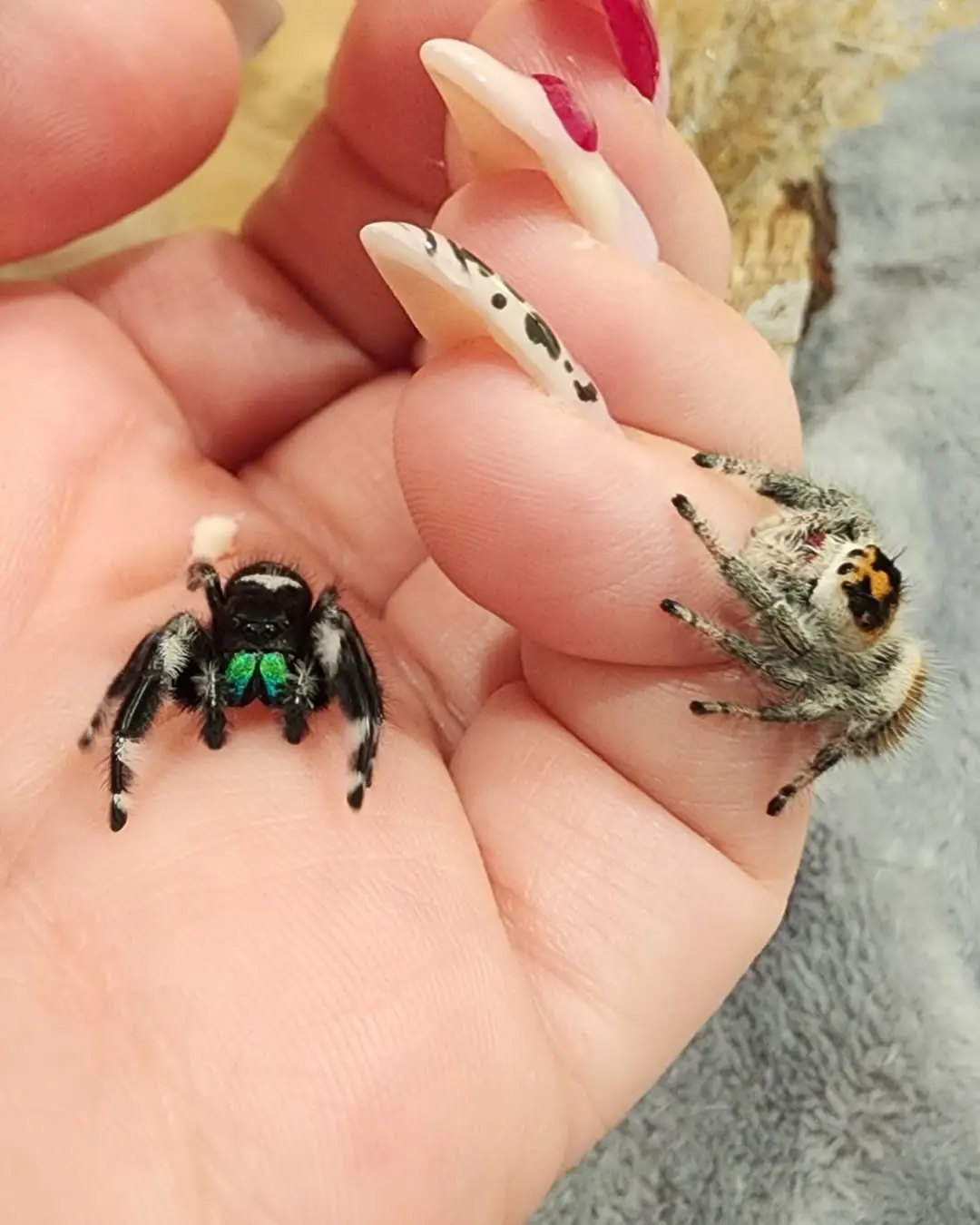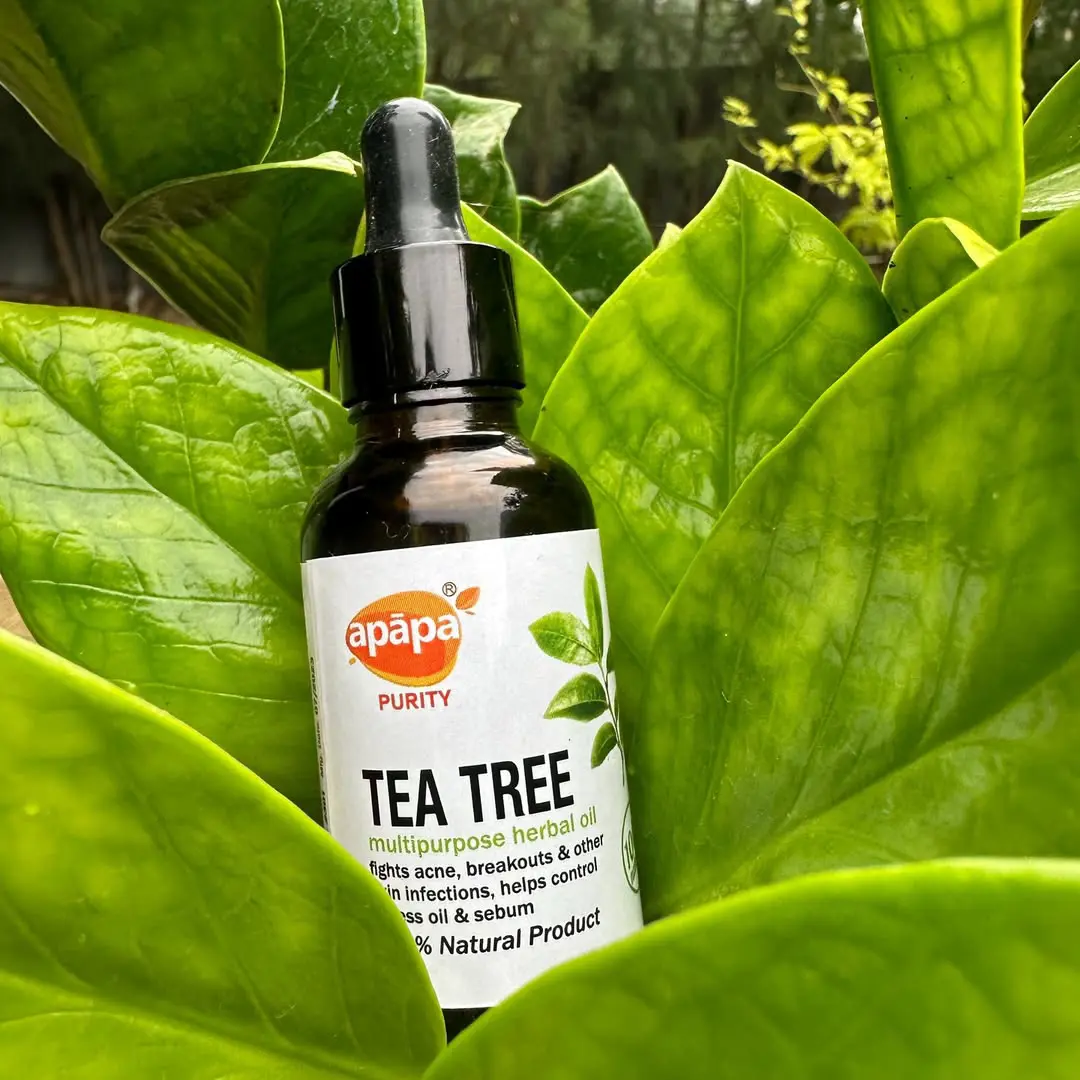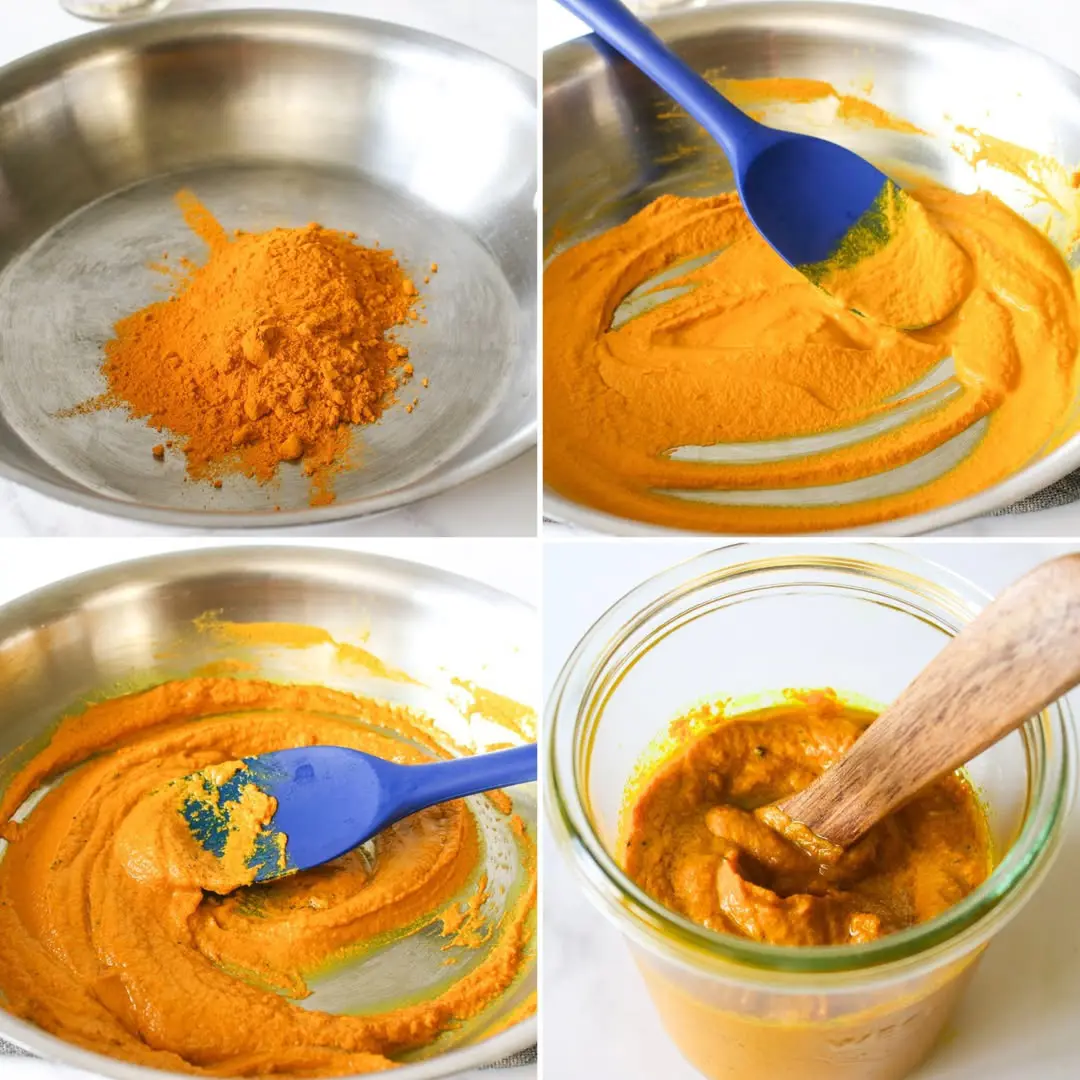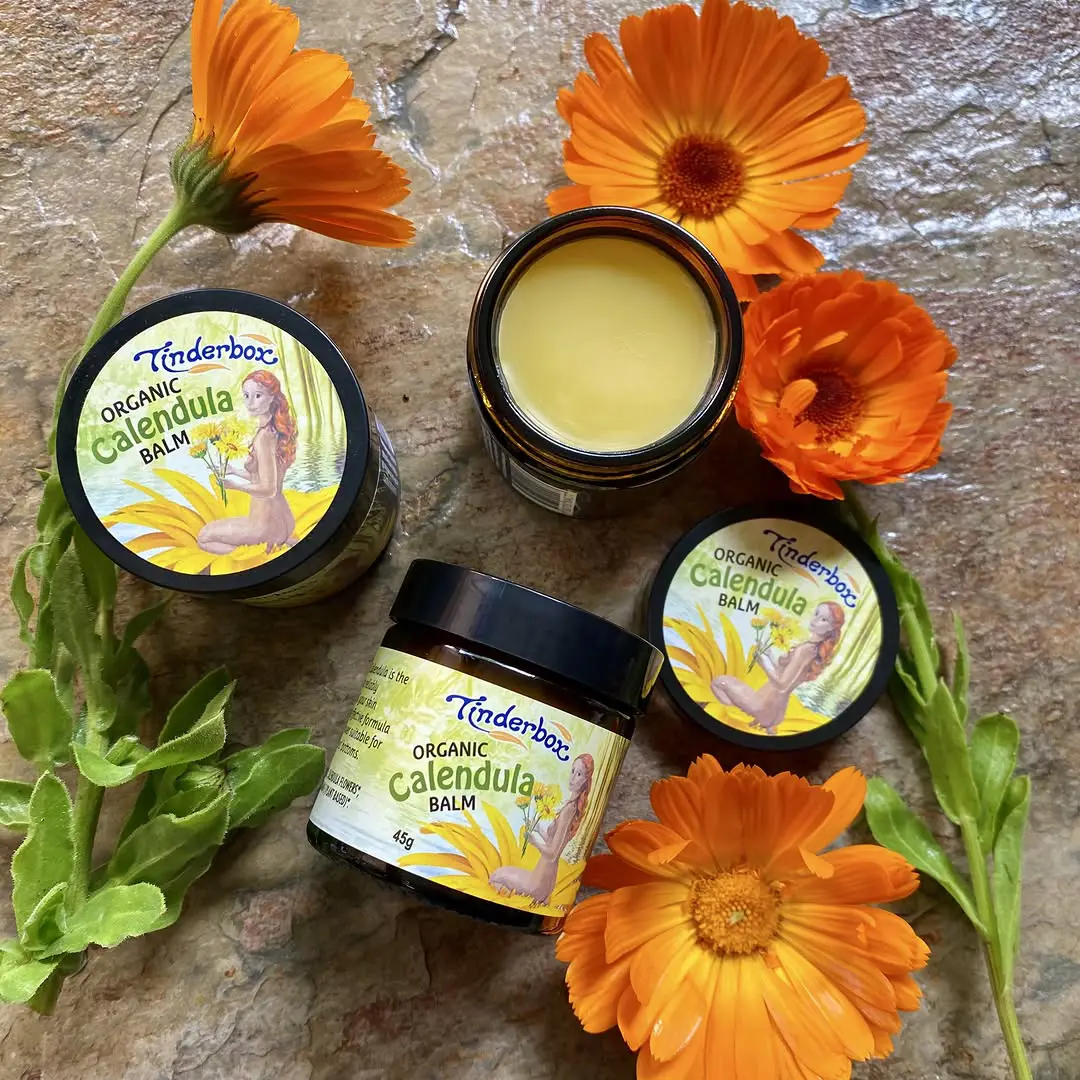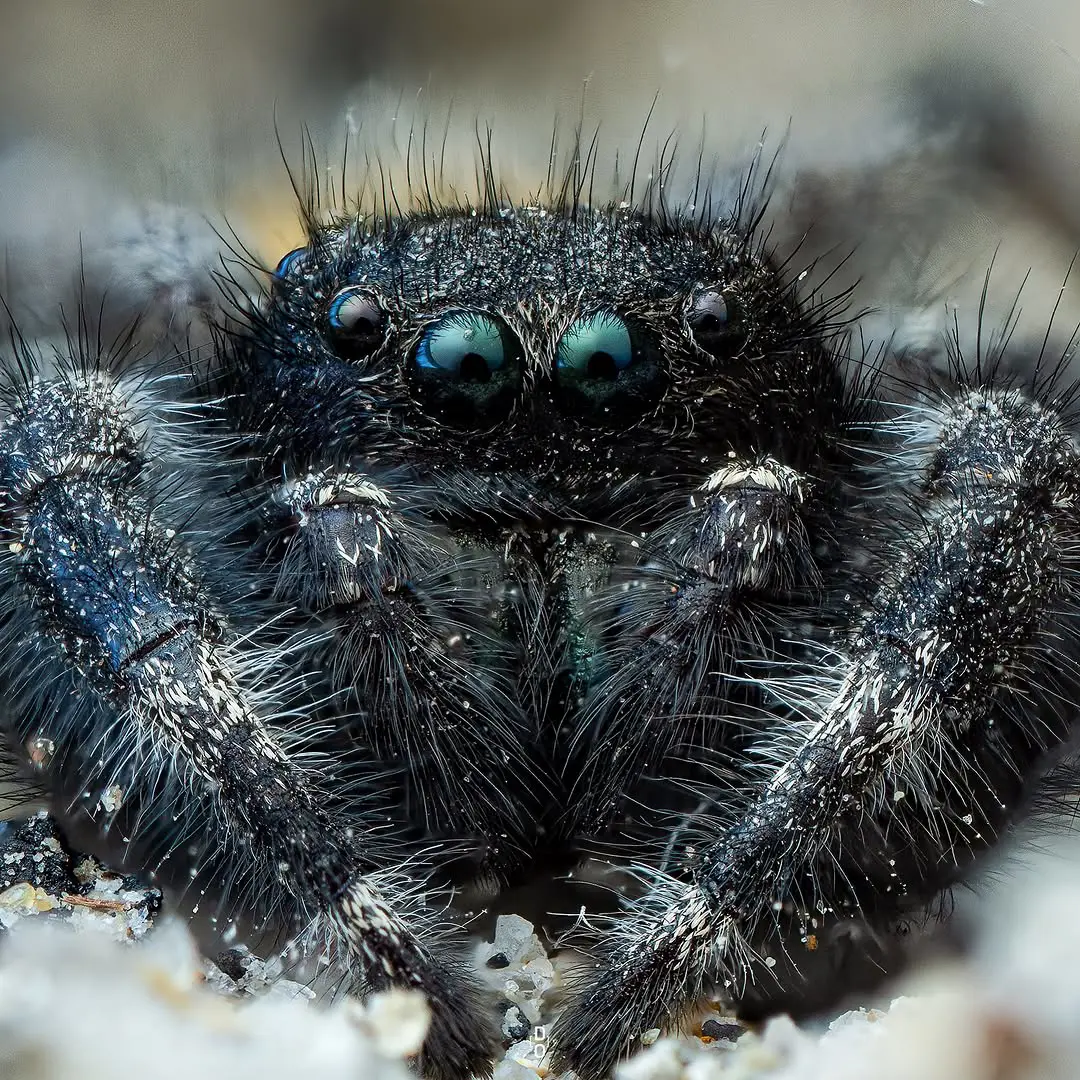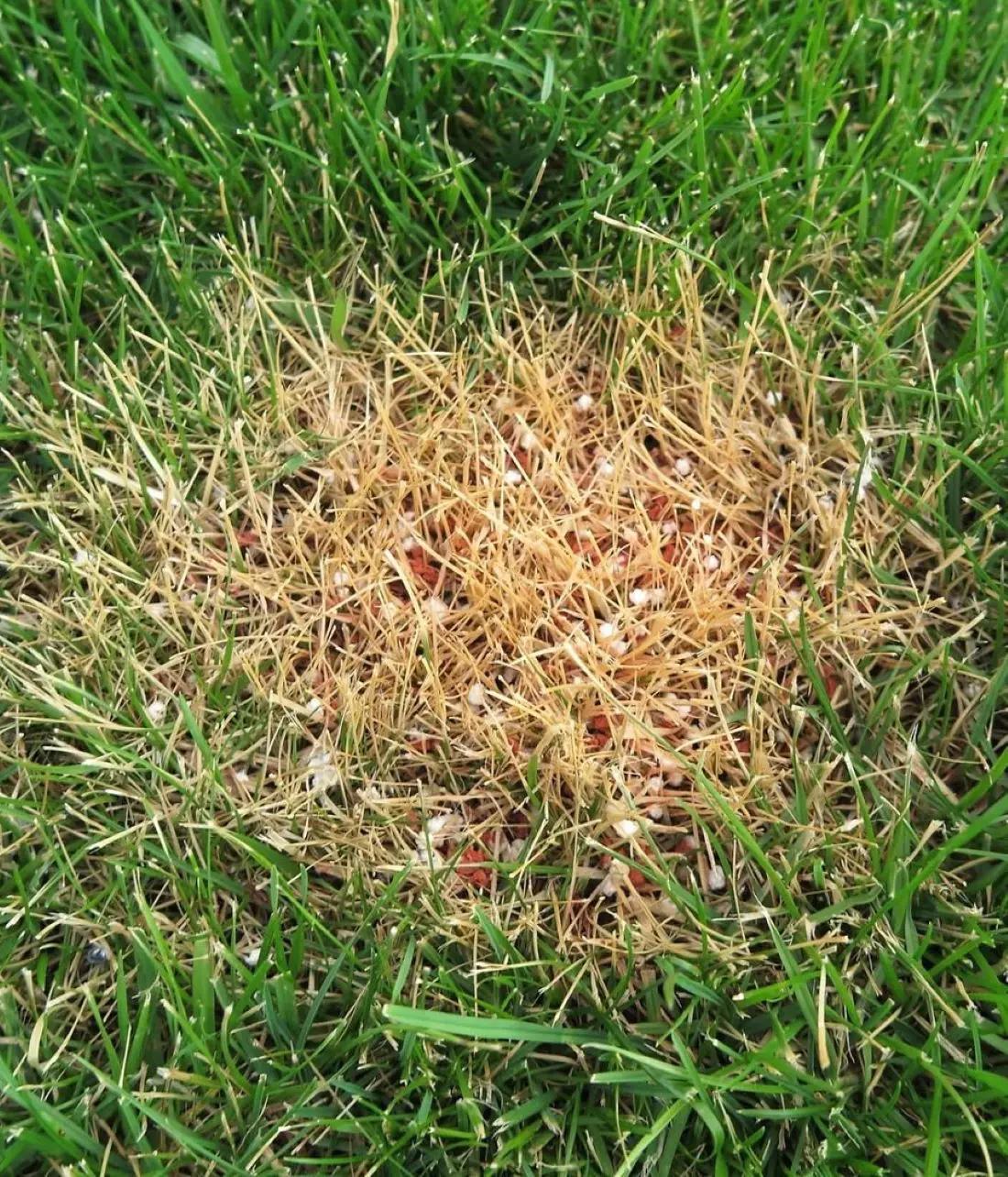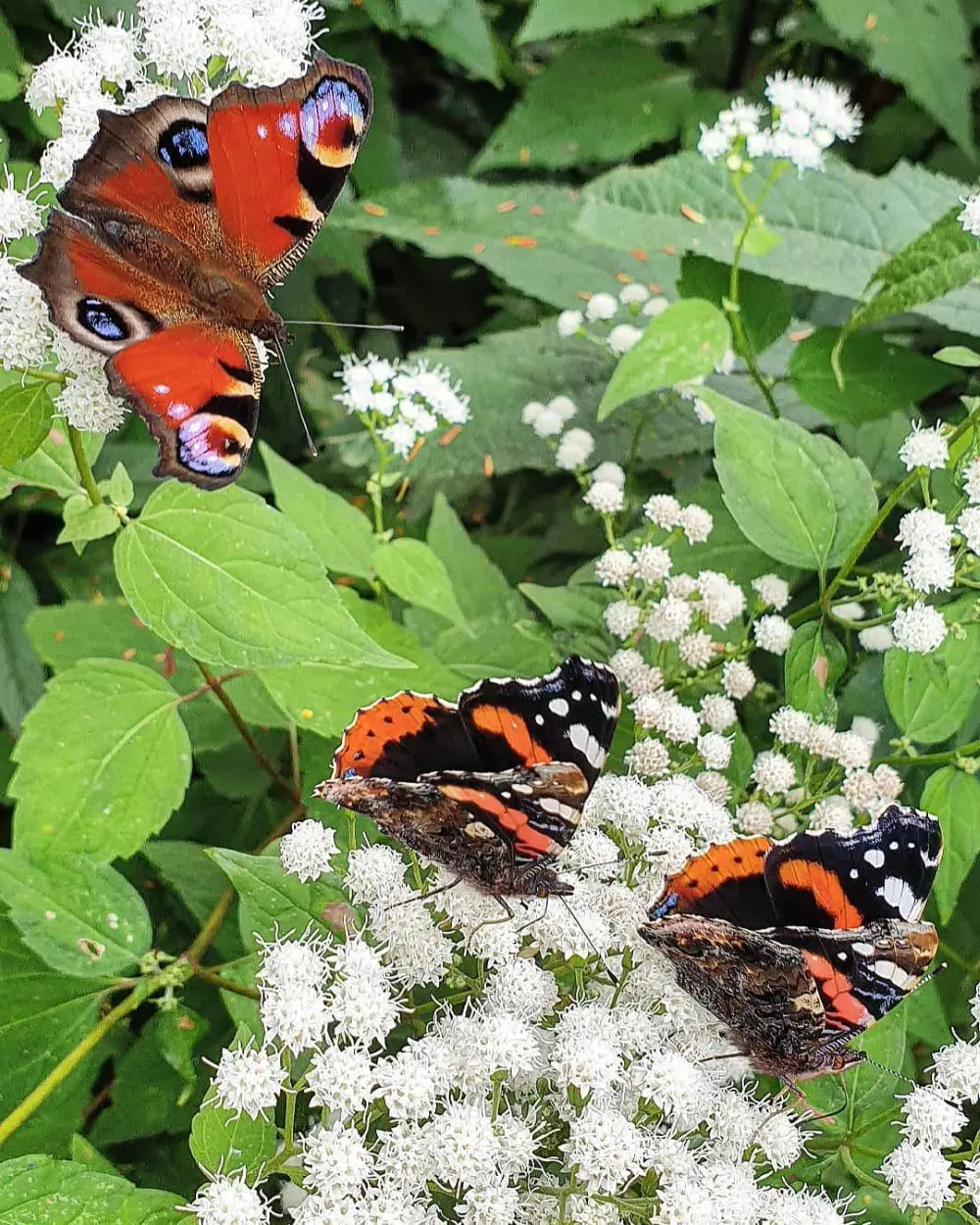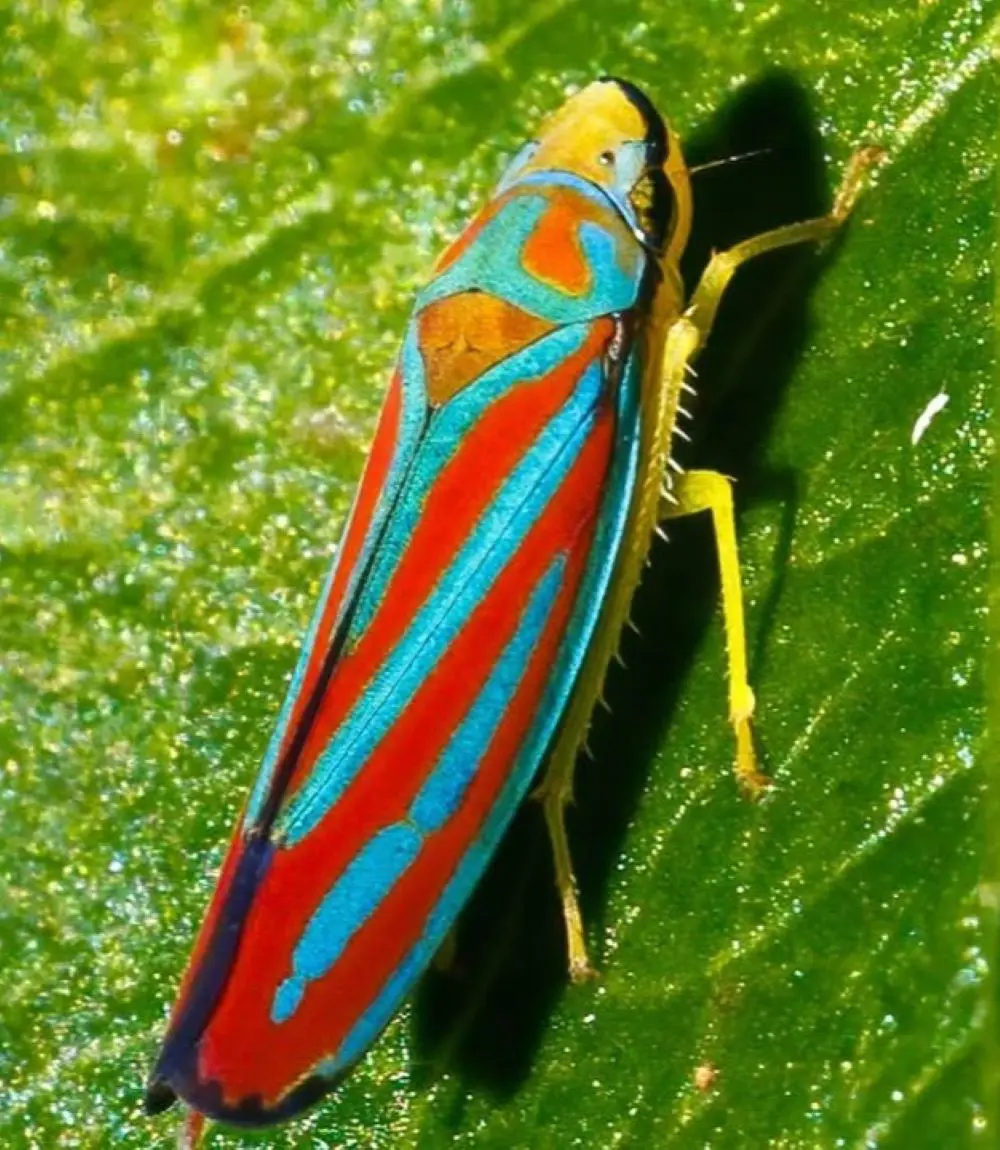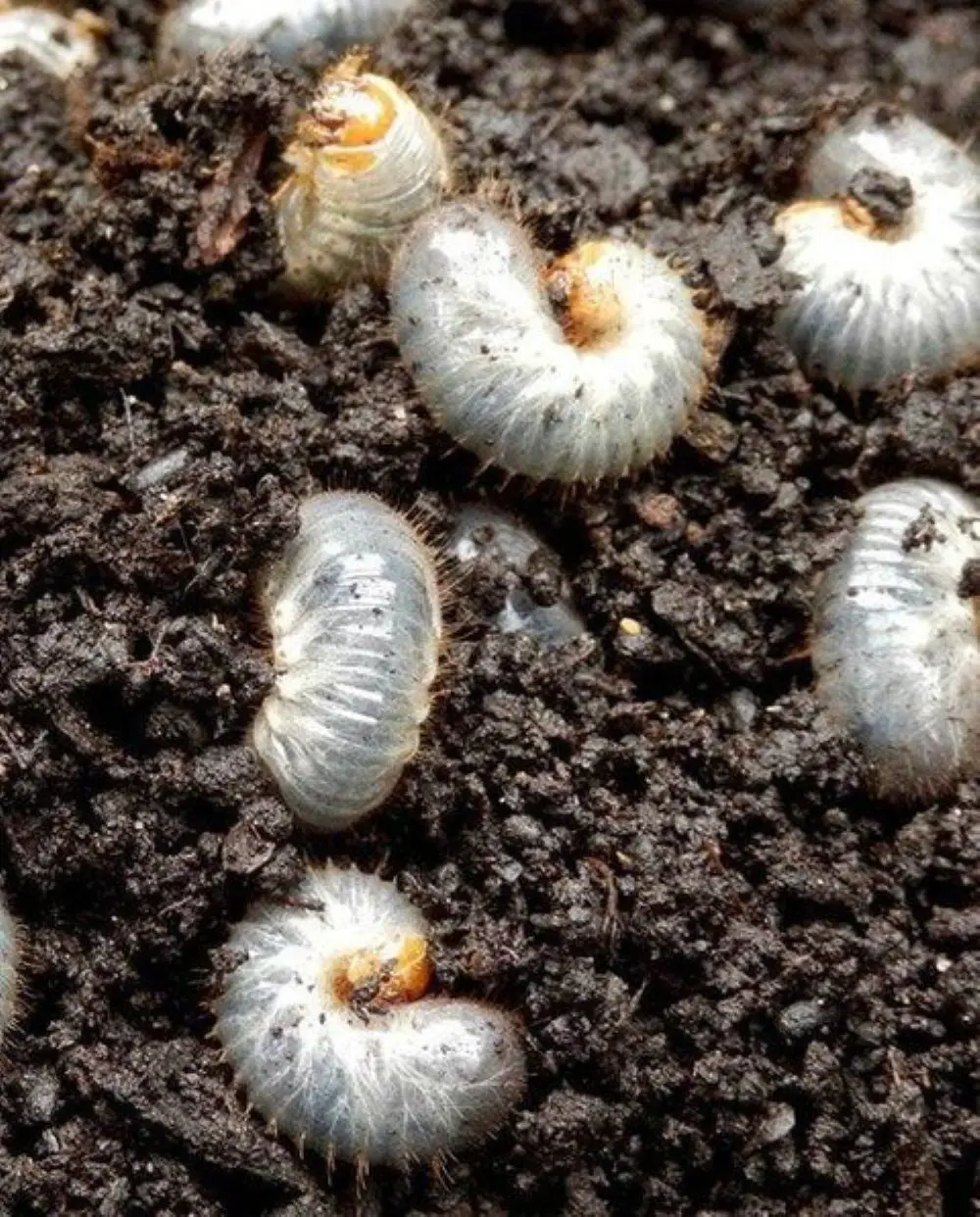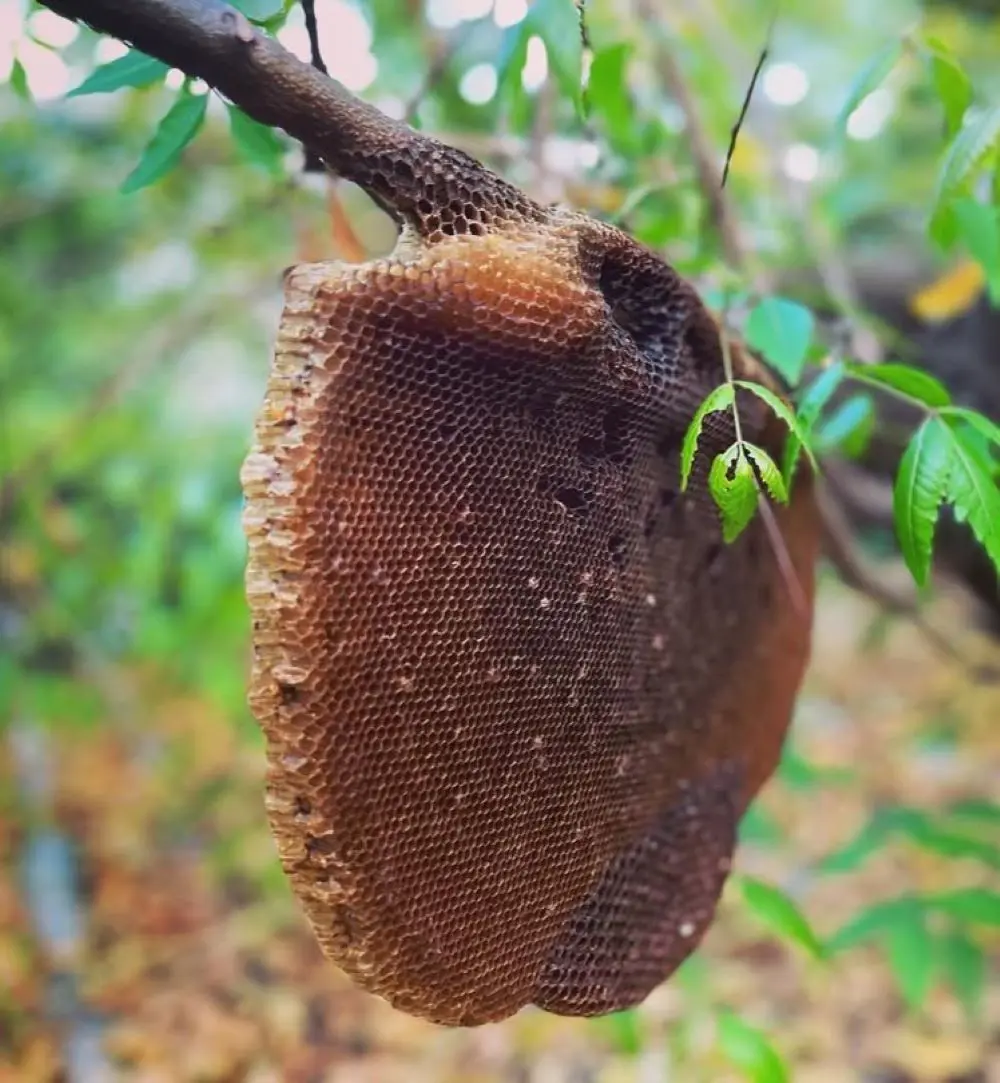While the bite is very small and you may not even realize you have been bitten, it can later turn into a red, swollen area that cause itching or pain. The bite may appear as a simple lesion on the skin, with redness of the area around it.
It seems that the venom present in the saliva which transfers with the bite may cause an allergic response in certain people. You may also get mild burning or throbbing sensations at the site of the injection. The symptoms are relatively mild in most of the infected individuals.
When to Seek Medical Attention?
The bite of most of the jumping spiders is non-dangerous and do not require medical attention. However there are instances that medical intercession may be required. These are the most common symptoms, so if you experience any of them you should consult with a medical practicioner.
Severe Swelling or Pain
They bite and sometimes swell up a little and get a little sore but that is normal after being bitten by a jumping spider. But if the swelling has become rather big or pain persists, one should consult a physician.
If you do not get relief from OTC treatment then it is likely that the bite may be stronger and getting worse. Thus, if the swelling does not decrease or develop into painful, there might be complications. A doctor can possibly shrink the swelling and give prescriptions to ease the pain.
Signs of Infection
Any bite is likely to cause an infection among which jumping spider bites might lead to consequences. If the bite site becomes red, swollen, or begins to discharge some pus, then it has probably developed an infection. Complications arise and may reach various parts of the body if infection receives no treatment.
If you find out that you have one of these symptoms, then you should go to a hospital without any delay. It is recommended that a healthcare provider administer solutions to treat the infection and avoid aggravation.
Allergic Reactions
Spider venom is a possibility to be allergic. In case you detect signs or symptoms such as shakiness, vomiting, and catching your breath go and see a doctor. Facial or lip and throat swellings are also indications of an allergic reaction.
An allergic reaction is sometimes severe and poses a risk of the death of the affected person. A doctor can give a shot to halt the reaction and avoid the worsening of symptoms.

